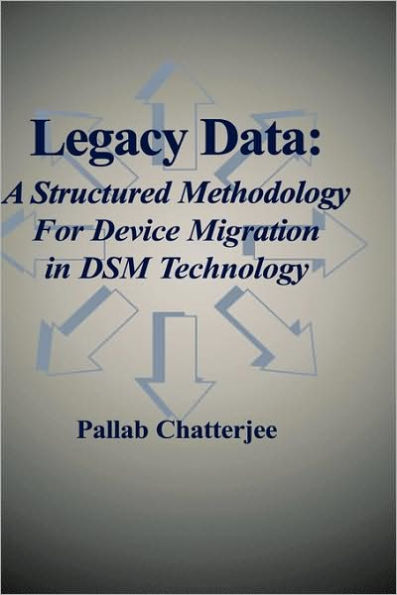5
1
9781402073045



Legacy Data: A Structured Methodology for Device Migration in DSM Technology / Edition 1 available in Hardcover, eBook

Legacy Data: A Structured Methodology for Device Migration in DSM Technology / Edition 1
- ISBN-10:
- 1402073046
- ISBN-13:
- 9781402073045
- Pub. Date:
- 12/31/2002
- Publisher:
- Springer US
- ISBN-10:
- 1402073046
- ISBN-13:
- 9781402073045
- Pub. Date:
- 12/31/2002
- Publisher:
- Springer US

Legacy Data: A Structured Methodology for Device Migration in DSM Technology / Edition 1
$109.99
Current price is , Original price is $109.99. You
109.99
In Stock

Product Details
| ISBN-13: | 9781402073045 |
|---|---|
| Publisher: | Springer US |
| Publication date: | 12/31/2002 |
| Edition description: | 2003 |
| Pages: | 132 |
| Product dimensions: | 6.10(w) x 9.25(h) x 0.01(d) |
From the B&N Reads Blog
